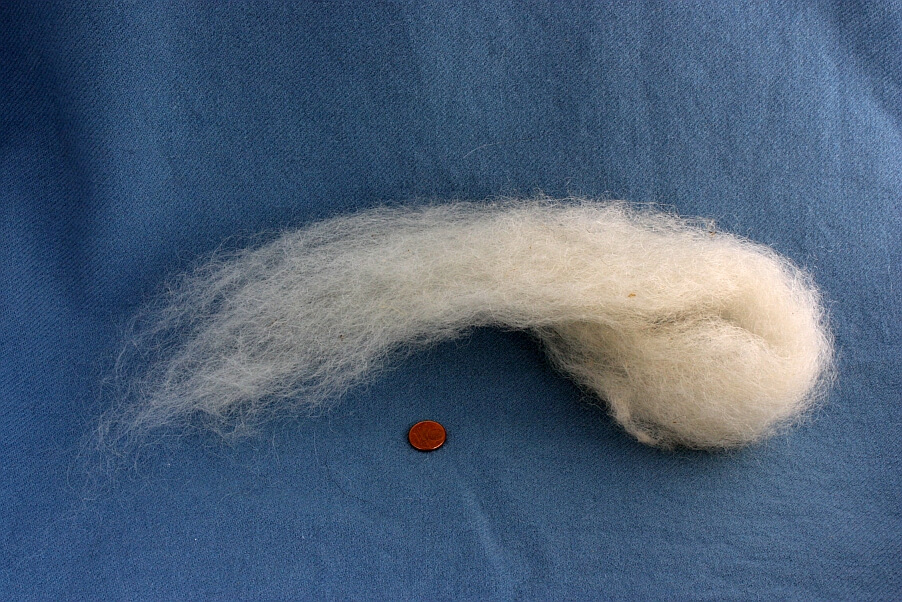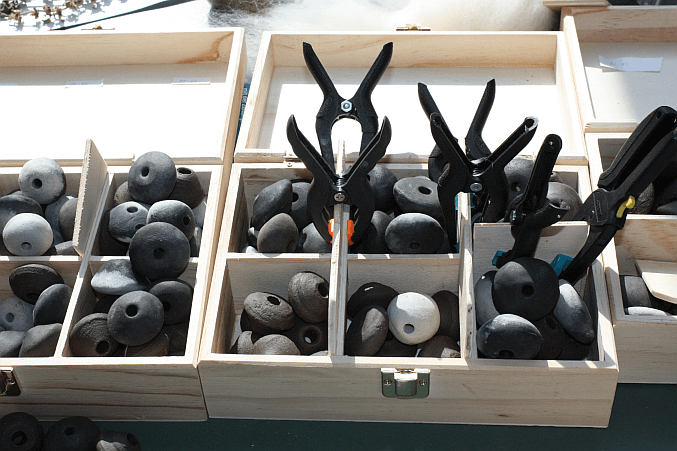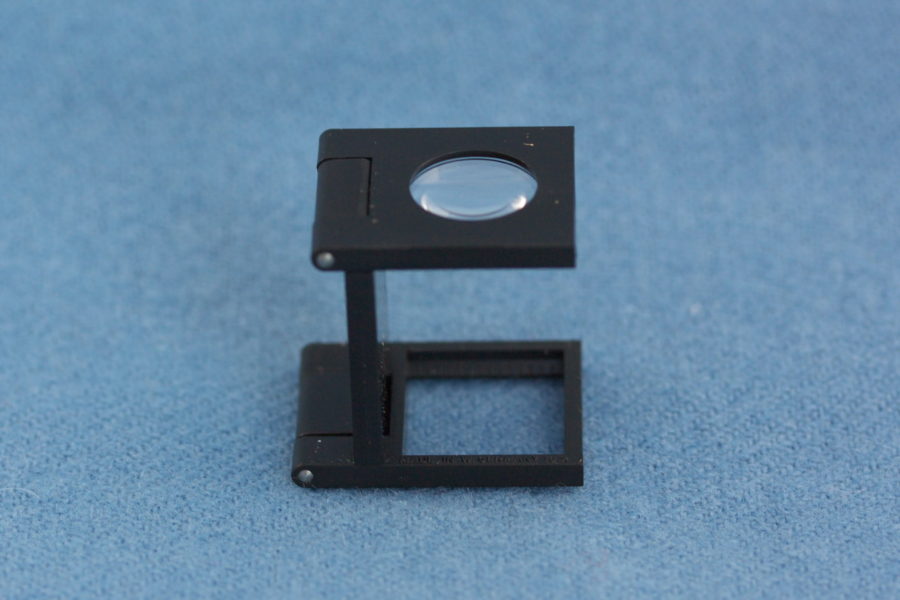One of the recurring questions about my spindle sticks, especially from modern spinners, is "Why don't they have a hook?" followed by "why don't they have a notch?" and "how do you fix the yarn without hook or notch?"
Finds of medieval spindle sticks are not too common (wood has that tendency to rot, and can be burned, and a spindle stick is not very spectacular so you'd want to carefully preserve it somewhere like you would a wooden altar, for instance) and they are published here and there, so putting together a good collection takes some rootling around. Even with surviving sticks, they are not always complete (the tips are often broken off), and then they may not be published in detail, with a drawing of the tips.
However... it does seem that the plain, un-notched and un-hooked spindle was very, very common, and I personally usually spin with the plain tips and am very comfortable with them.
There are instances of notched spindles in the medieval finds, though, and since I've been asked time and again about notches, I have finally looked through my sources, sharpened my little knife, practised some more... and am now offering optional notch cuts with my spindle sticks.
[caption id="" align="alignnone" width="900"] Notches! From left to right: plain un-notched tip, horizontal notch, diagonal notch for z-spun yarn, diagonal notch for s-spun yarn.
Notches! From left to right: plain un-notched tip, horizontal notch, diagonal notch for z-spun yarn, diagonal notch for s-spun yarn.
They are available both in horizontal, where they will very securely keep a half-hitch for either spinning direction, and in diagonal, where they will either keep a half-hitch, or, if the thread is thin enough and you wind it around the spindle in the right way, hold the thread all by themselves. I've tested the diagonal notches, and they usually need a bit of getting used to, but then they work fine. They accommodate a thin thread, and the notch sort of latches onto the thread to hold it securely enough for spinning. It's not as secure as the hitch, though, so the probability of the spindle slipping out and falling down is a bit higher throughout.
When it works, though... it's really, really fun!
Finds of medieval spindle sticks are not too common (wood has that tendency to rot, and can be burned, and a spindle stick is not very spectacular so you'd want to carefully preserve it somewhere like you would a wooden altar, for instance) and they are published here and there, so putting together a good collection takes some rootling around. Even with surviving sticks, they are not always complete (the tips are often broken off), and then they may not be published in detail, with a drawing of the tips.
However... it does seem that the plain, un-notched and un-hooked spindle was very, very common, and I personally usually spin with the plain tips and am very comfortable with them.
There are instances of notched spindles in the medieval finds, though, and since I've been asked time and again about notches, I have finally looked through my sources, sharpened my little knife, practised some more... and am now offering optional notch cuts with my spindle sticks.
[caption id="" align="alignnone" width="900"]
 Notches! From left to right: plain un-notched tip, horizontal notch, diagonal notch for z-spun yarn, diagonal notch for s-spun yarn.
Notches! From left to right: plain un-notched tip, horizontal notch, diagonal notch for z-spun yarn, diagonal notch for s-spun yarn.They are available both in horizontal, where they will very securely keep a half-hitch for either spinning direction, and in diagonal, where they will either keep a half-hitch, or, if the thread is thin enough and you wind it around the spindle in the right way, hold the thread all by themselves. I've tested the diagonal notches, and they usually need a bit of getting used to, but then they work fine. They accommodate a thin thread, and the notch sort of latches onto the thread to hold it securely enough for spinning. It's not as secure as the hitch, though, so the probability of the spindle slipping out and falling down is a bit higher throughout.
When it works, though... it's really, really fun!















